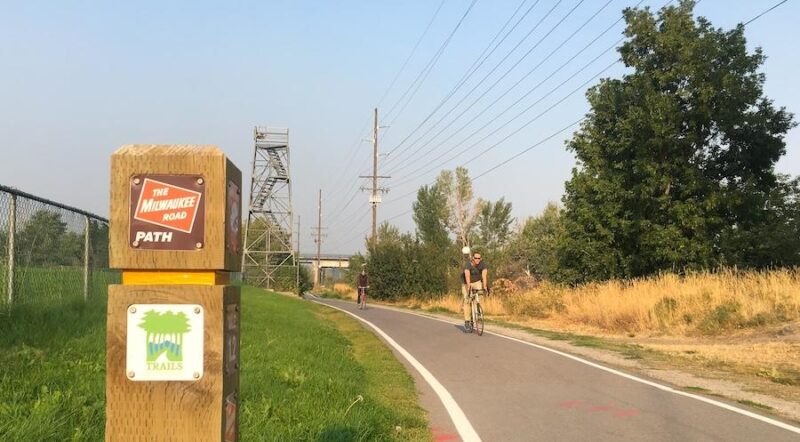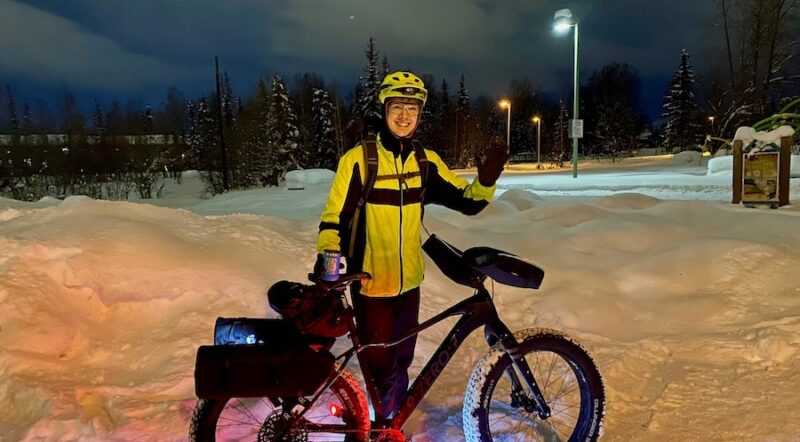New Federal Funding for Safe Walking and Biking Routes Could Help Meet Booming Demand
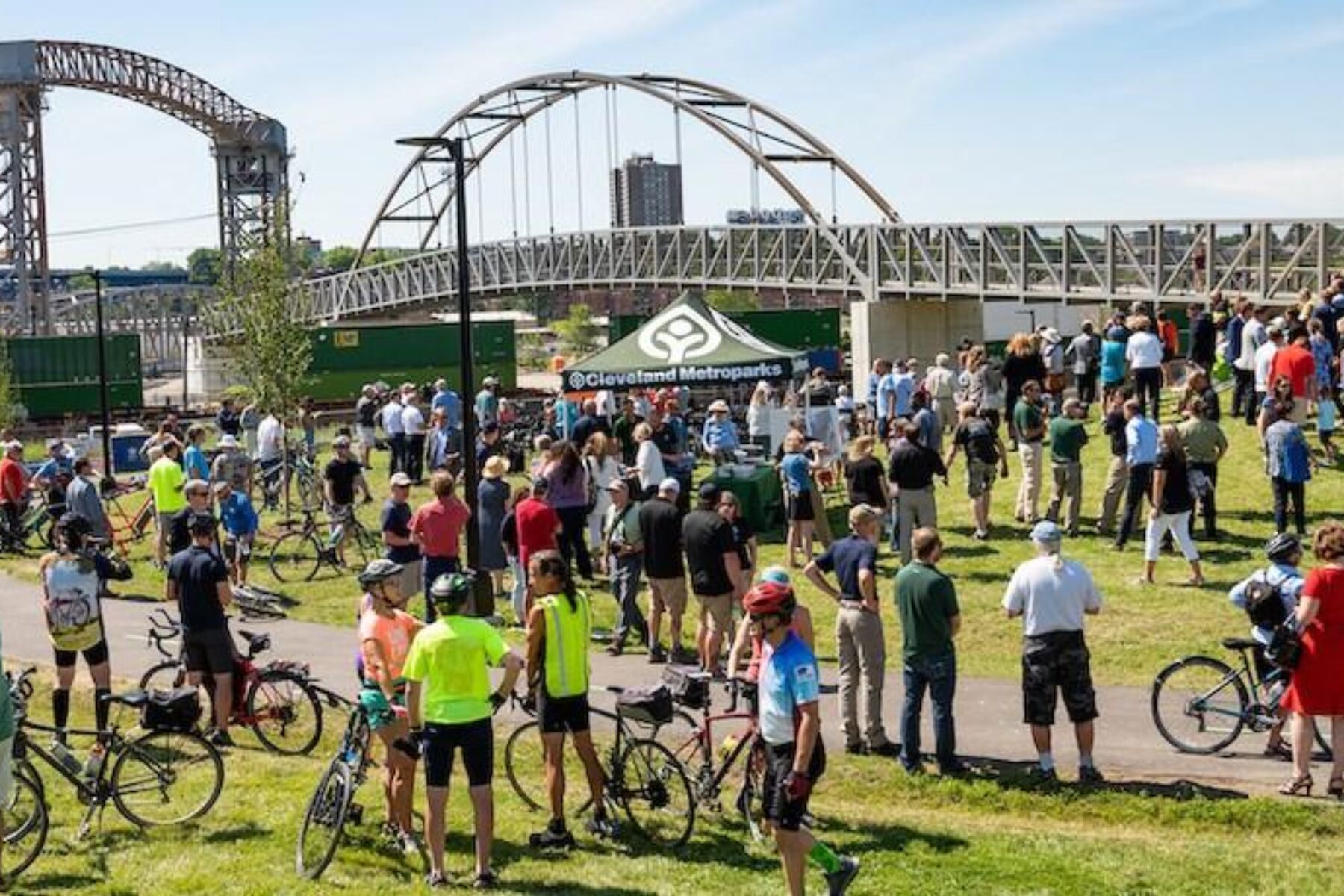
This summer, developments in federal funding for trails, walking and biking illustrated both the urgency communities are feeling to provide 1) safe and connected active-transportation infrastructure, and 2) more tangible opportunities to invest in the infrastructure their residents are demanding.
Moves by the U.S. Department of Transportation (USDOT) and Congress to generate strategic investments that prioritize connected infrastructure like trails, protected bike lanes and sidewalks will transform communities, making it safer and more convenient for people to walk and bike where they need to go. By prioritizing investments in underrepresented communities, this funding can be leveraged to create more options for mobility, economic development and quality of life.
Significant Investments in Active Transportation
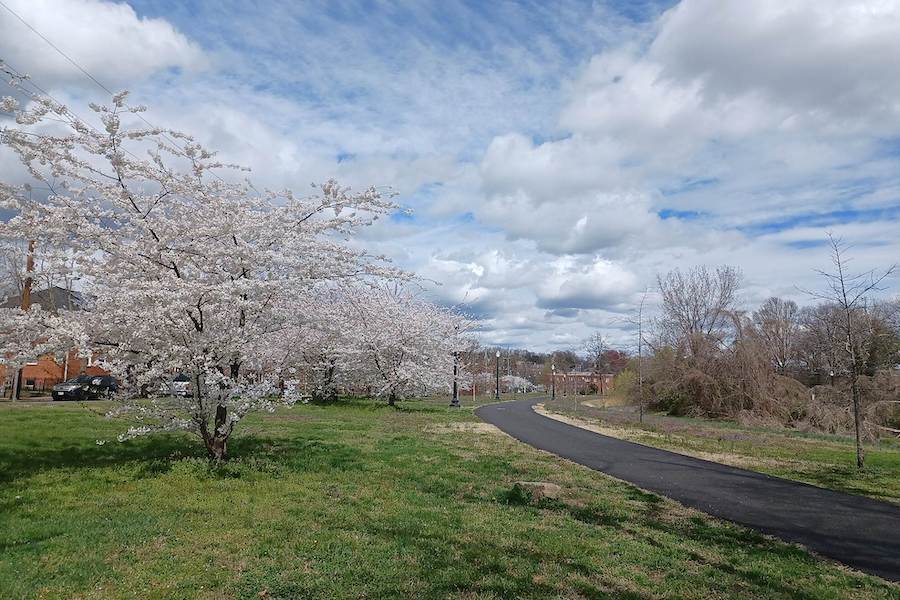
Last month, the USDOT announced its latest round of Rebuilding American Infrastructure with Sustainability and Equity (RAISE) grants, which further indicate massive demand for safe and connected routes to walk and bike to routine destinations.
Active transportation themes are woven into a substantial majority of the projects that were funded. Seventy percent of the funding is for projects that include at least one element of walking and biking. More than 10% of the total funding (10.7%) will go to projects that consist solely of walking and biking, and trails constitute well over half (63%) of this portion.
These multimodal grants help address a historic imbalance in which the safety, stress levels and convenience of people who were not in cars was almost never a priority. The grant distribution also demonstrates that the USDOT recognizes the importance of providing people with safe and connected places to walk, roll and move through their communities. Funded projects that were purely focused on active transportation were not as plentiful as the record levels evident in the November 2021 awards; however, they were still substantial enough to reflect a continuing correction after years of imbalance and neglect of active transportation needs under the formula programs that dominate transportation funding.
RELATED: FY22 Raise Grants Underscore Urgency to Invest in Safe, Connected Active Transportation Infrastructure for All Communities
The planning grants under RAISE further underscore the importance of connectivity for urban and rural transportation planners alike, helping to address economic needs and inequities as well as environmental challenges. For example, a planning award for the Washington State Department of Transportation aims to connect residents in the City of Yakima without access to a personal vehicle to services and jobs by plotting on- and off-street (trail) routes between communities and to key destinations. A bridge connectivity project plan on the North Dakota–Minnesota border aims to raise the crossing out of the floodplain in the area and connect it to regional trail systems in Fargo and Moorhead.
More Opportunities for Trails, Walking and Biking
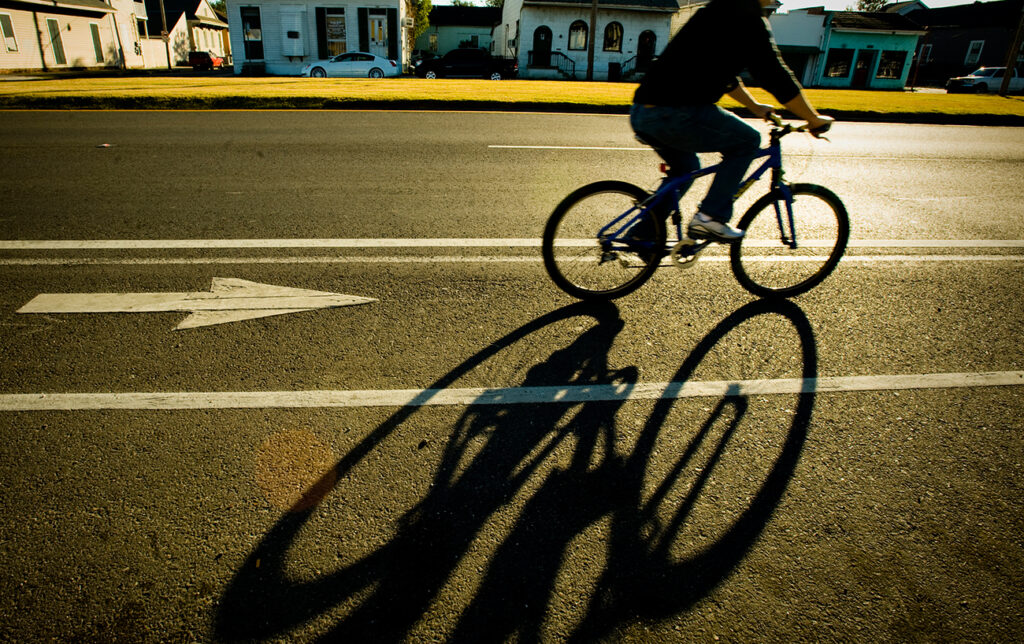
Since the Inflation Reduction Act was signed into law in August, attention has focused on the bill’s impacts on energy, climate and health care, but a relatively little noticed provision of the new law could have an outsized impact on trails, walking, biking and access to jobs. The Neighborhood Access and Equity Grant Program will provide over $3 billion in competitive grants to improve connectivity in communities and to increase community involvement in transportation planning.
Regional biking and walking networks and “spine” trails connecting between communities are explicitly eligible under this program, which includes language from the active-transportation connectivity bill RTC has championed. These grants can fund projects designed to strategically connect trail and active transportation systems, making it safer and more convenient for people to walk and bike where they need to go. As a result, this infrastructure would help reduce emissions, provide affordable mobility options and make communities more livable and equitable.
Other eligibilities in this section of the bill include funds for the removal of highways bisecting neighborhoods and mitigation of the negative impacts of transportation facilities. At least 40% of these funds must be invested in disadvantaged or underserved communities—or in communities where there is a strategy in place to address issues such as gentrification. In disadvantaged or underserved communities, no local match is required.
Another exciting proposal that RTC has advocated for is also included in the bill. A new pilot program will help fund resources to expand public participation in transportation planning in disadvantaged or underserved communities, and includes support for community-based nonprofits that partner with governments to ensure credible community engagement.
Looking Ahead to Opportunity
RTC’s federal funding resources offer the latest information about potential federal funding opportunities for trails and active transportation, as well as tools to help communities successfully apply for grants or navigate reimbursement programs.
Complete streets, first- and last-mile connectivity, safe crossings, and connected trails integrated with other walking and biking facilities are among the specific innovations on the ground that will change opportunities available to people who cannot drive, cannot afford to drive or choose not to drive.
The RAISE grants, together with the new Neighborhood Access and Equity grants and other programs in both the Inflation Reduction Act and the Bipartisan Infrastructure Law, provide a suite of complementary USDOT discretionary programs that together could rapidly transform American communities, providing equitable access to economic opportunities and a means to reduce dependence on unsustainable transportation systems. Two programs authorized by the Bipartisan Infrastructure Law—Reconnecting Communities and the Active Transportation Infrastructure Investment Program—complement RAISE and Neighborhood Access to make necessary changes in the design of American communities and the availability of ways for Americans to get around.
RELATED: Analysis: Bipartisan Infrastructure Bill Passes With New Opportunities for Trails, Walking and Biking
Yet, while these programs deliver significant investment for trails, walking and biking under certain circumstances, many communities will not take advantage of them without reliable funding focused on active transportation. The far-reaching demand for trails and other walking and biking infrastructure calls for programs that exclusively fund active transportation to ensure consistent progress in creating safe and convenient routes to daily destinations in communities nationwide.

Donate
Everyone deserves access to safe ways to walk, bike, and be active outdoors.


